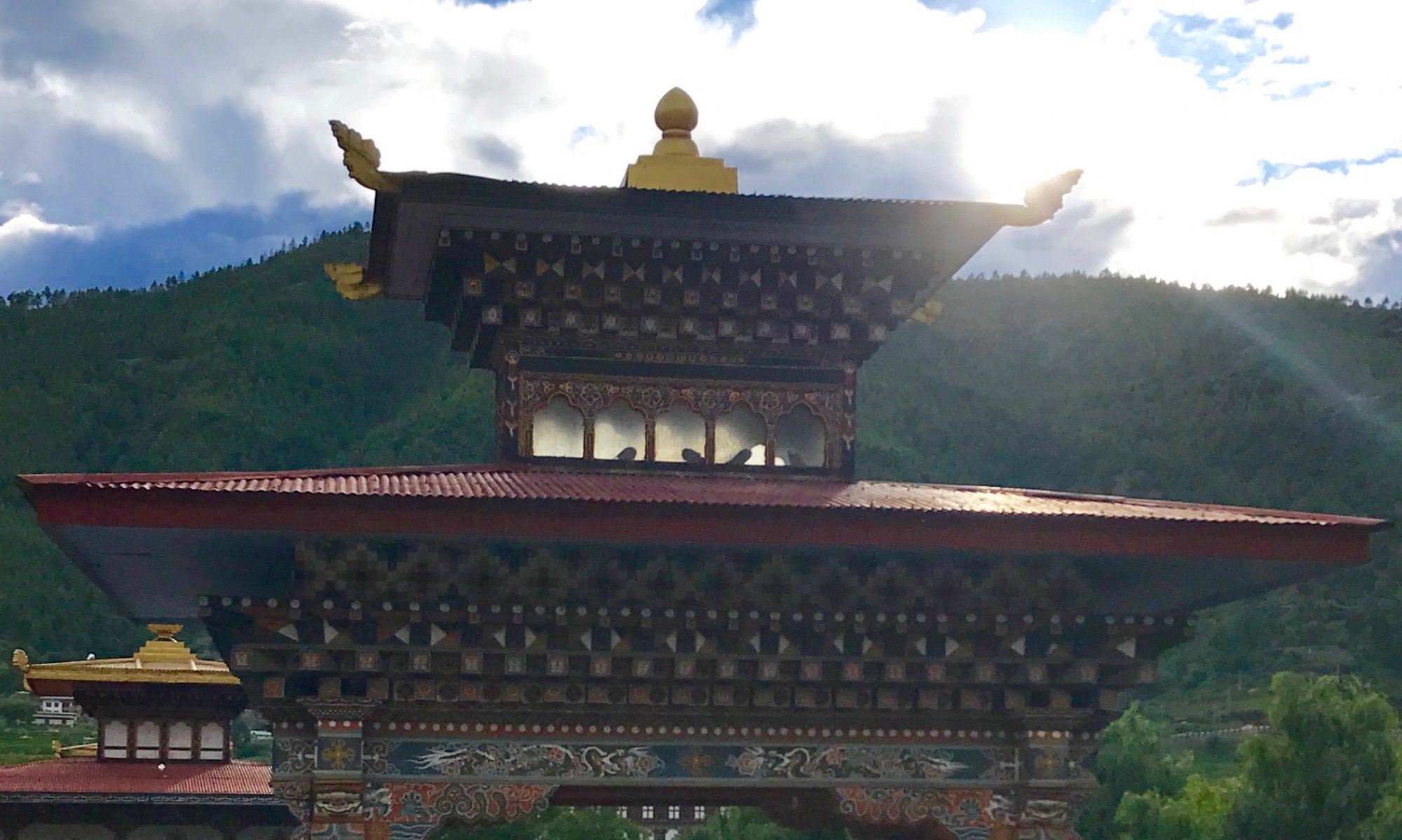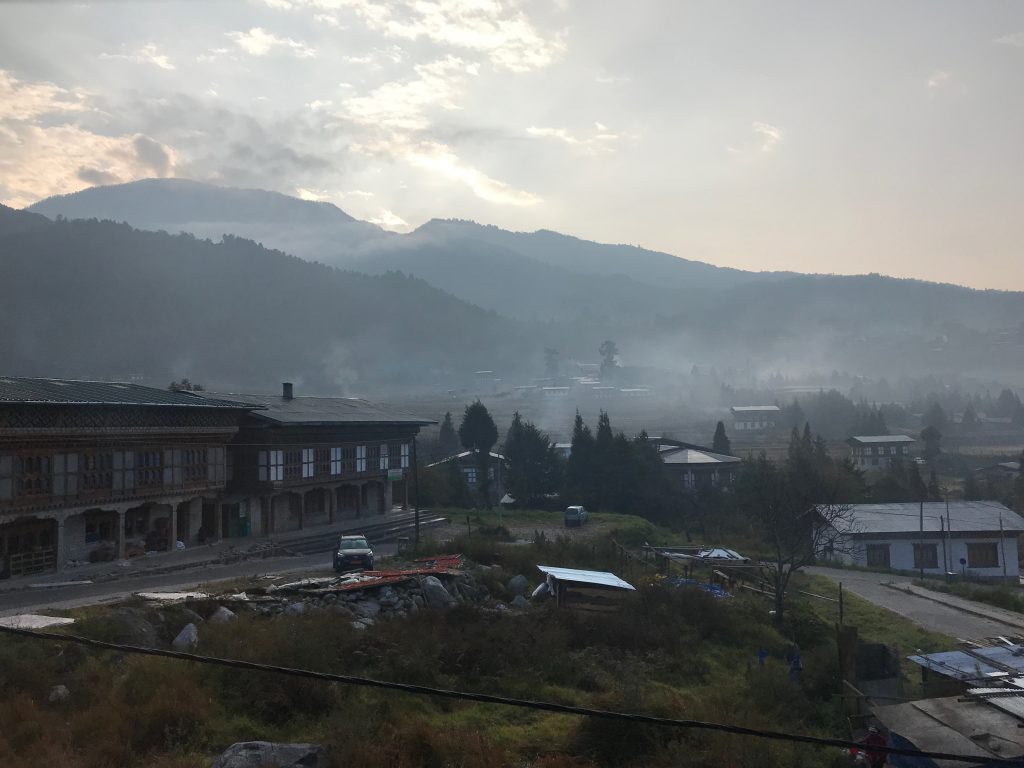
We were all a little nervous heading over to the Institute for Zorig Chusum. The first morning, we planned to meet with the principal and look around the school, doing our best to come up with a plan for filming. I had a set of questions written out to ask people–but would they be the right questions? How does a person pull together a compelling mini-documentary, especially without extensive experience in the process or in the field?
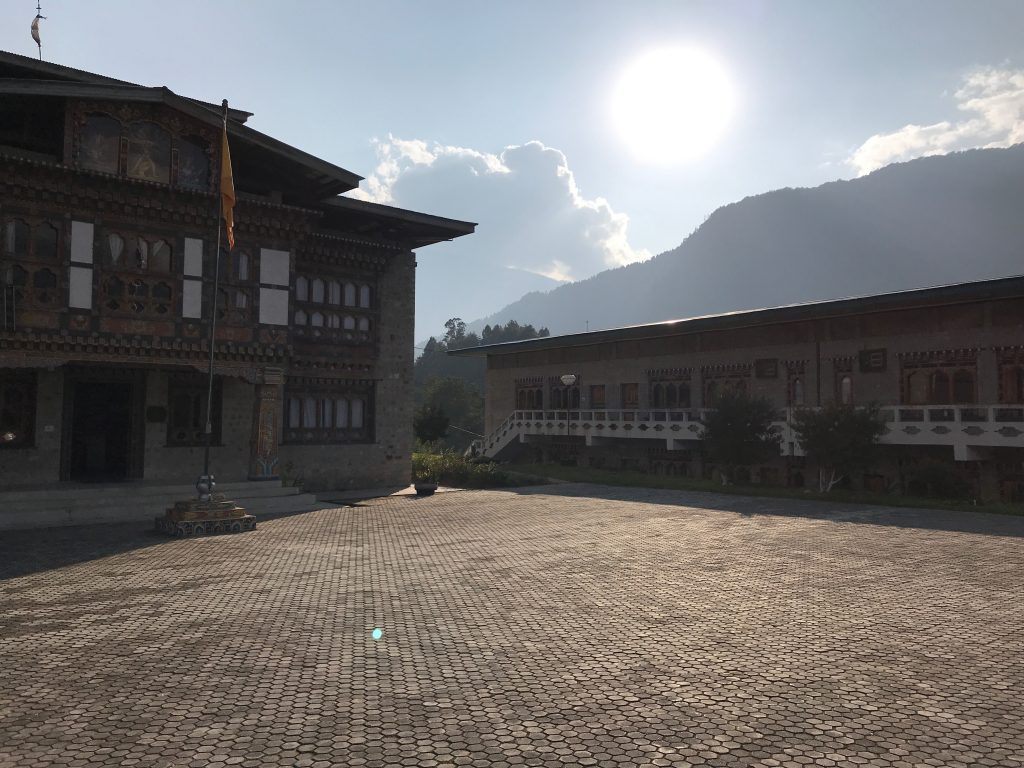
We had a lovely conversation with the principal, after which he gave us a personal tour around the campus and the various classes. More details will follow in the next post!
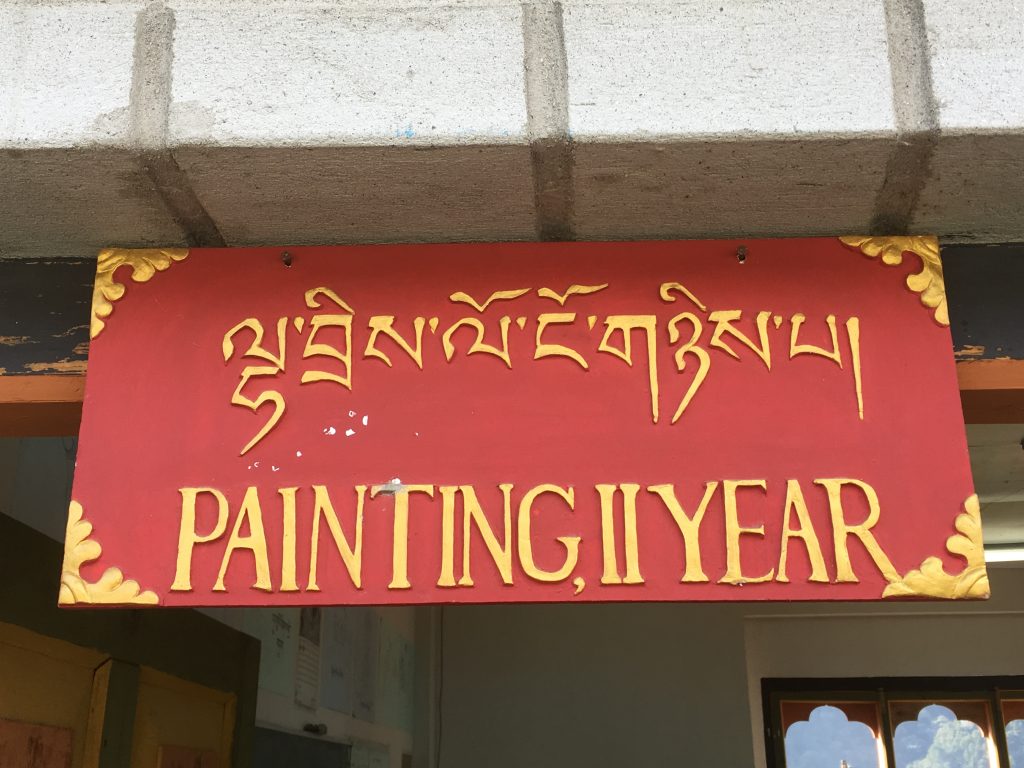
Then we went back to the guesthouse for lunch, along with some musings as to how best to proceed. After lunch, we headed off to the headquarters for the Bomdeling Wildlife Sanctuary at the edge of town. When we arrived, everyone was still at lunch, but we were encouraged to come back in an hour. In the meantime, we admired the plantings out at the front of the building…
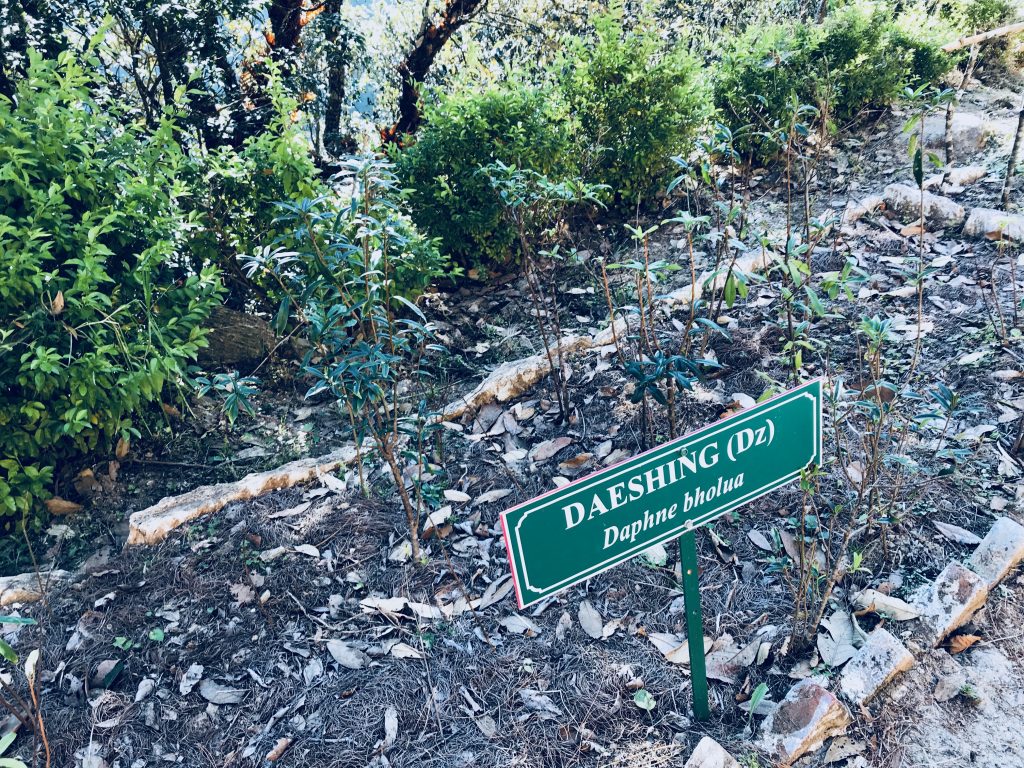
we visited the Sambar deer in the enclosure on the hillside above the road…
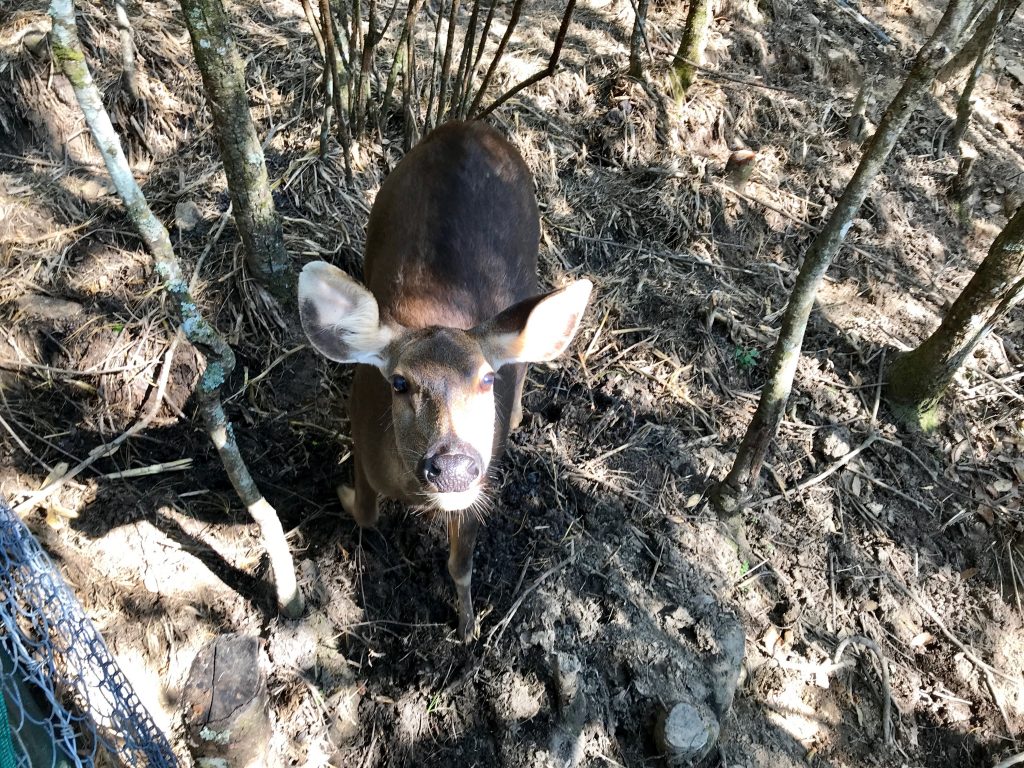
and we took the short nature trail, where I was amazed at the number of species growing on the trunk of a single tree:
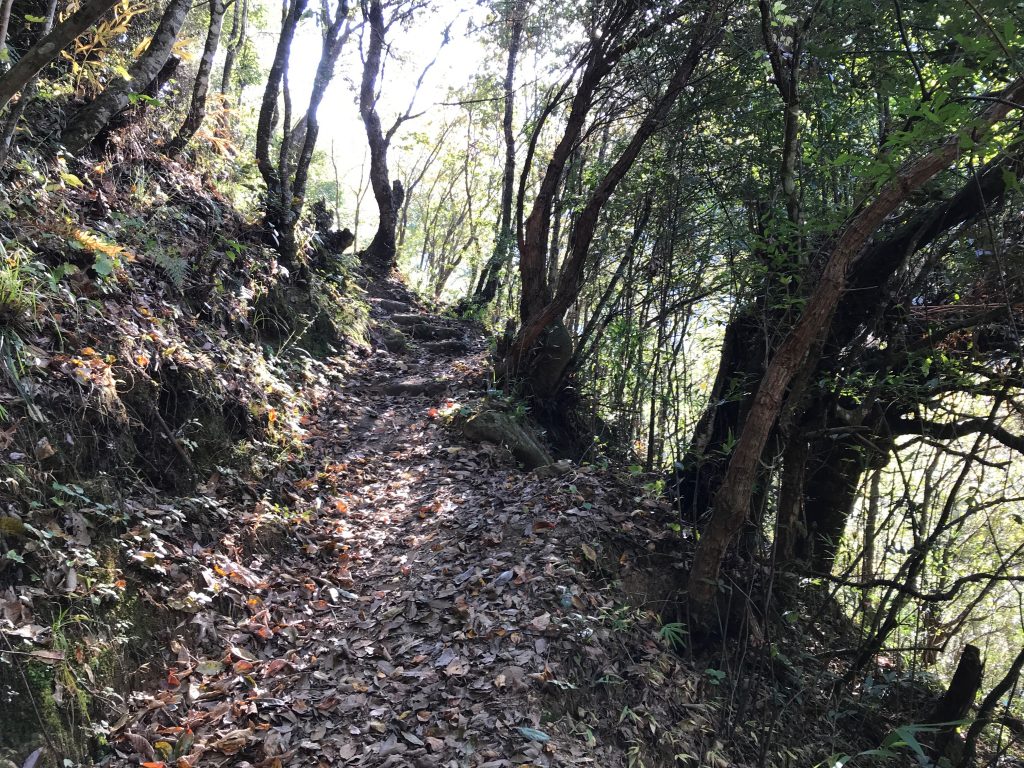
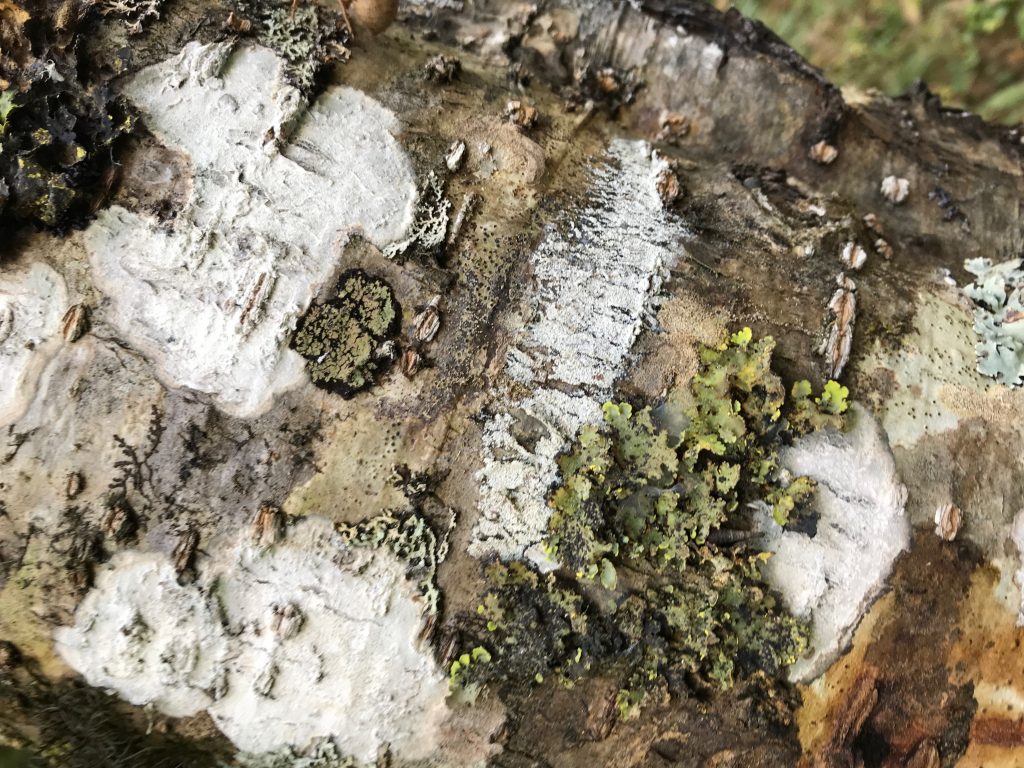
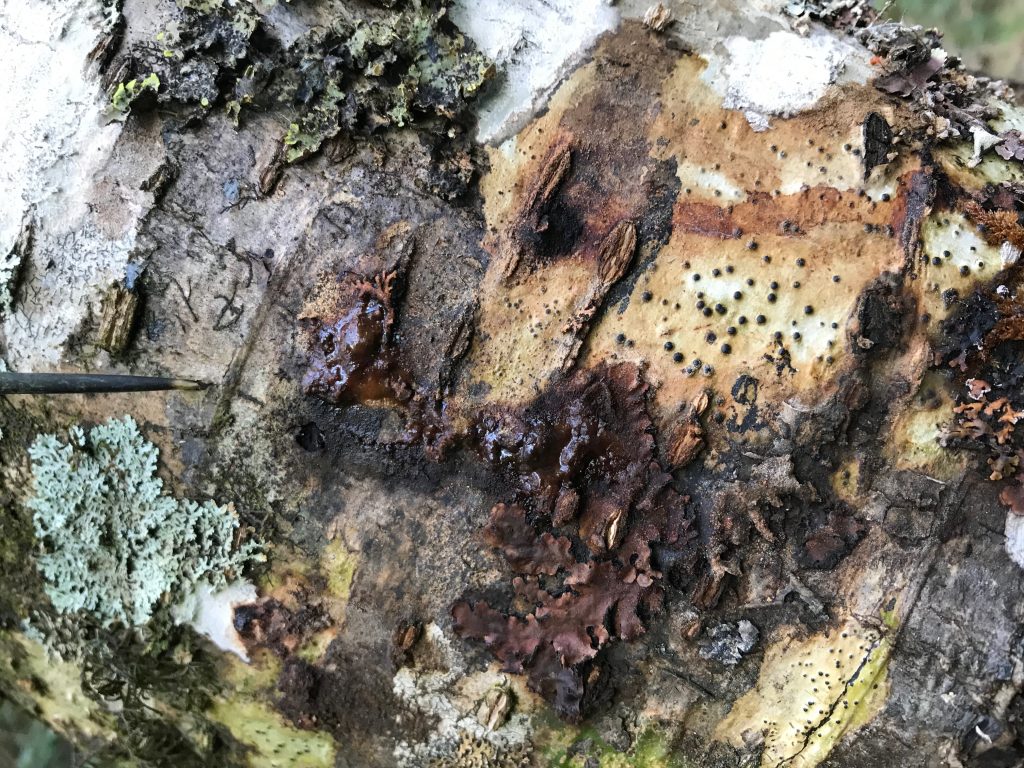
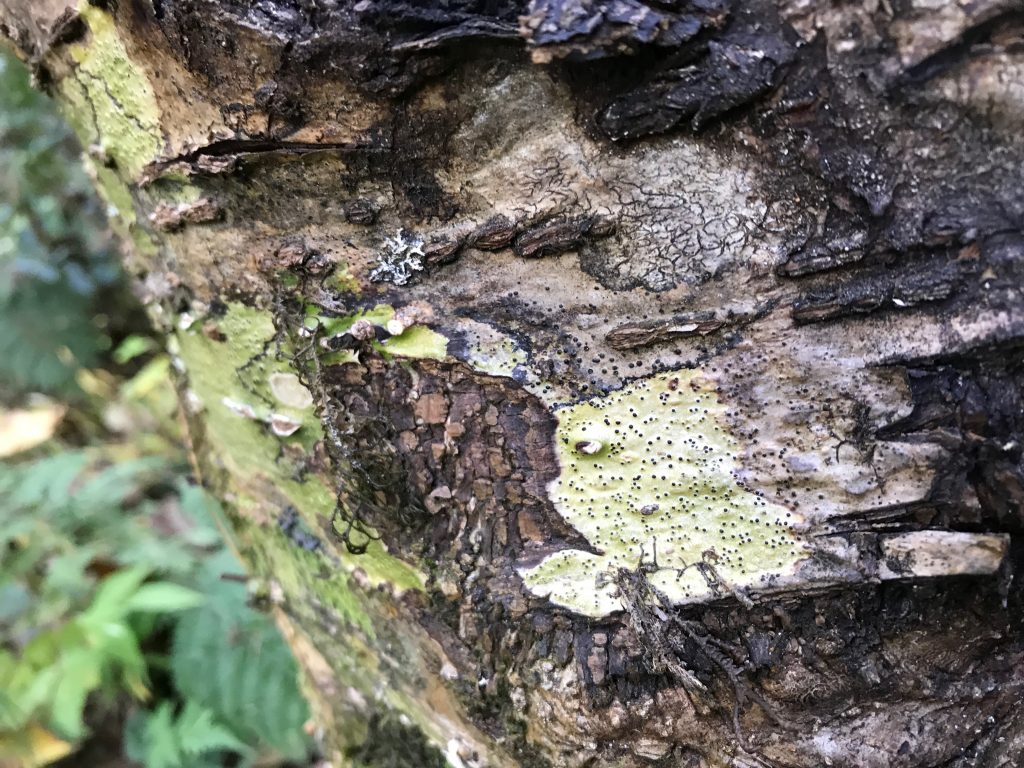
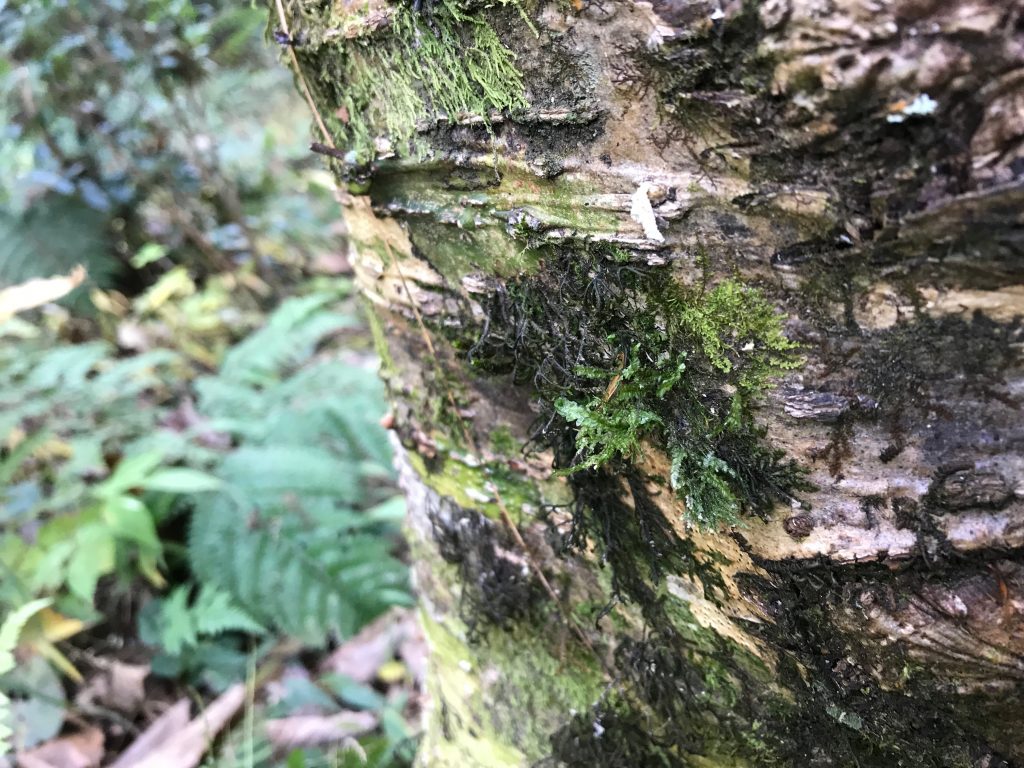
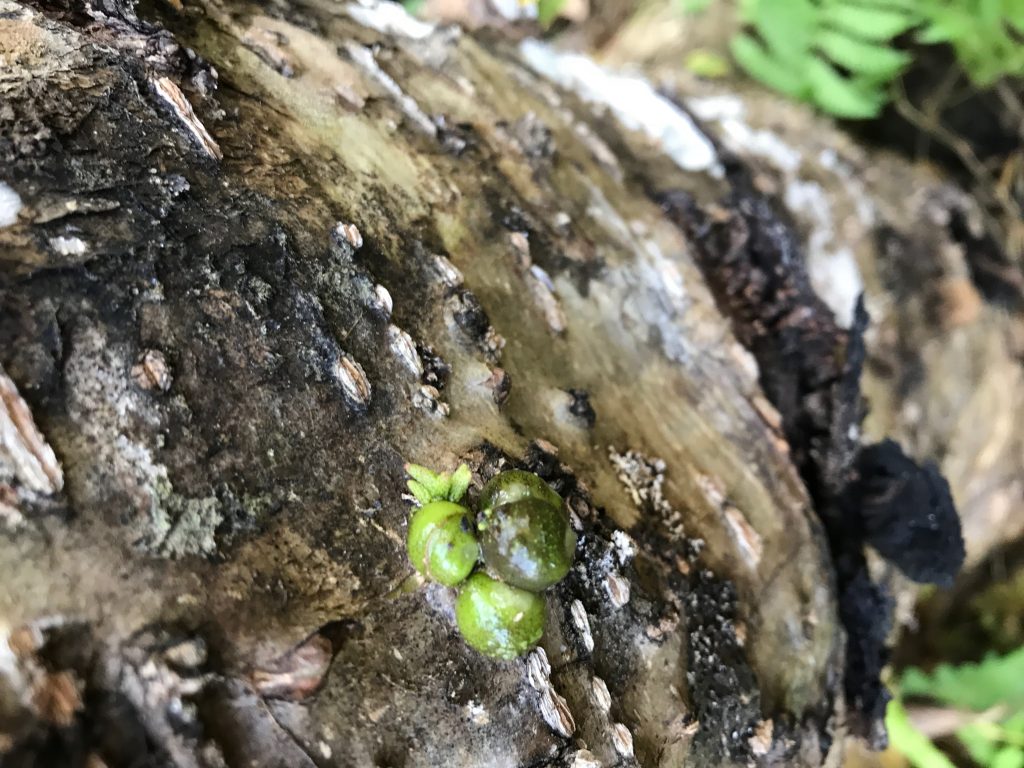
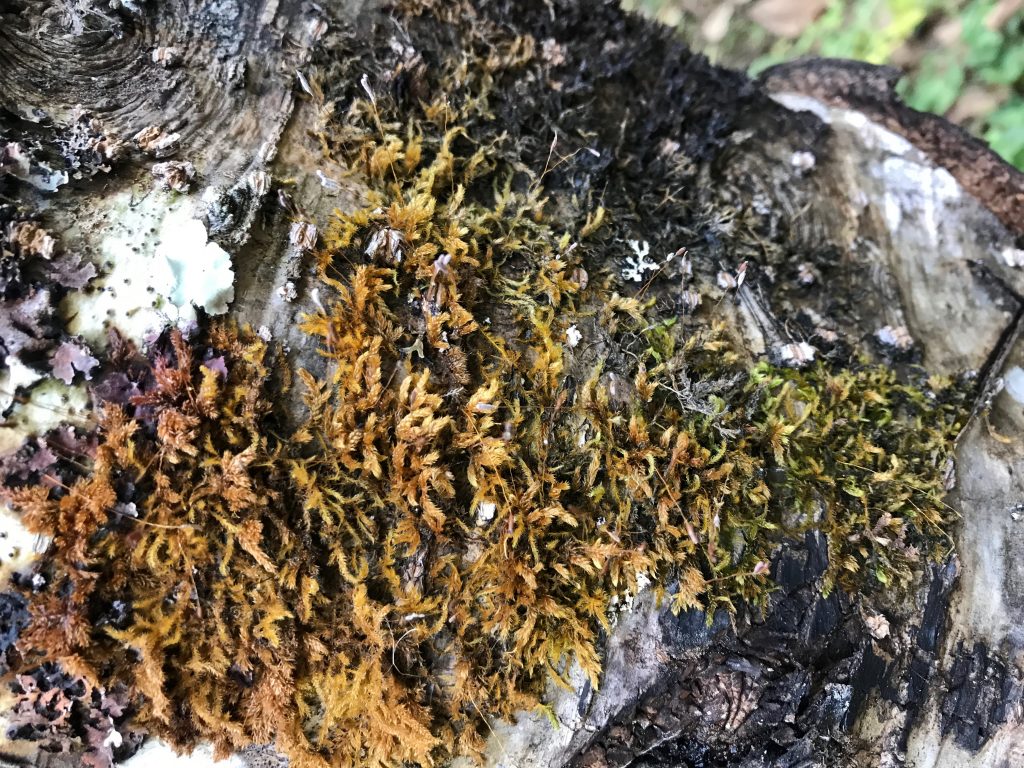
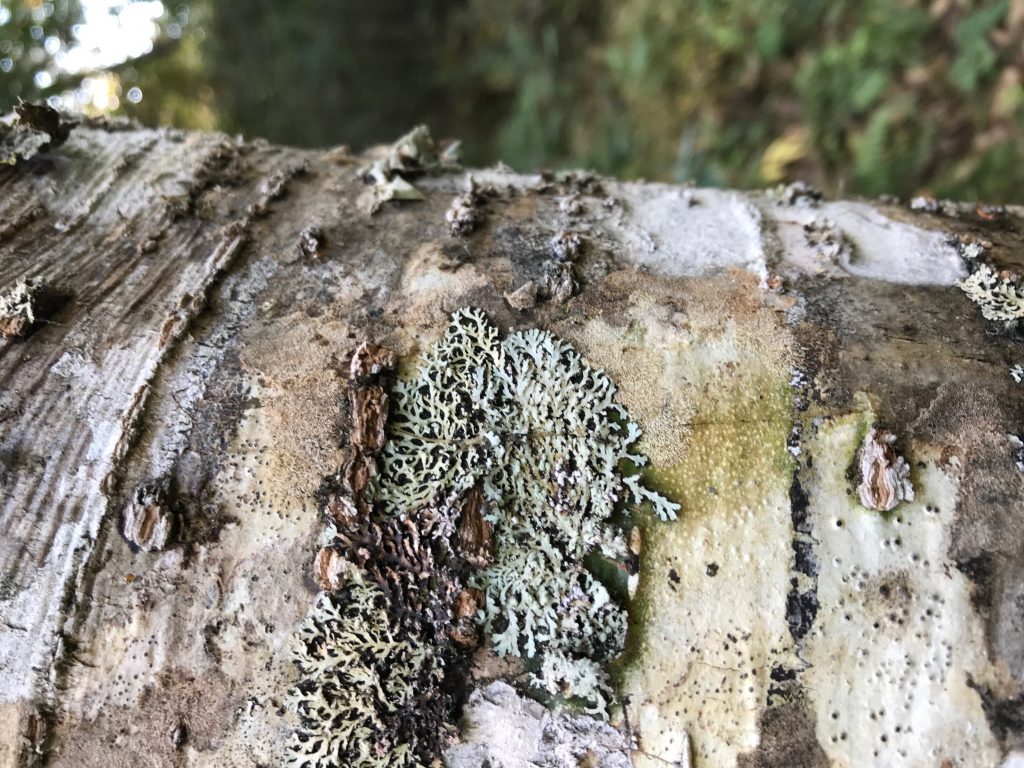
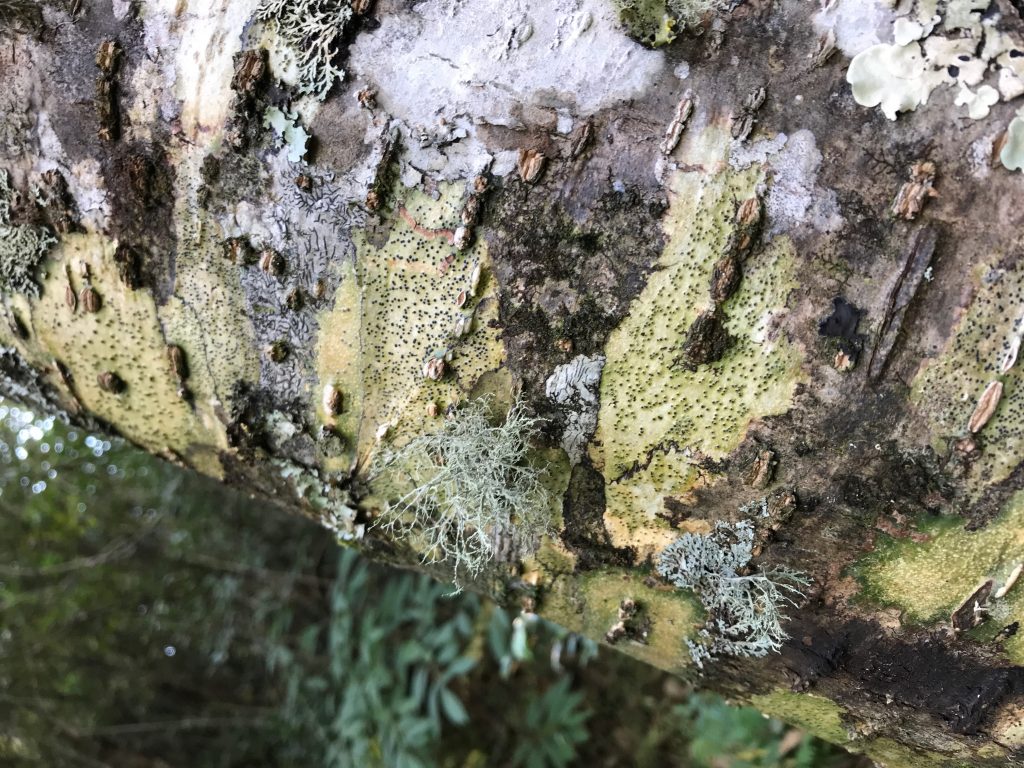
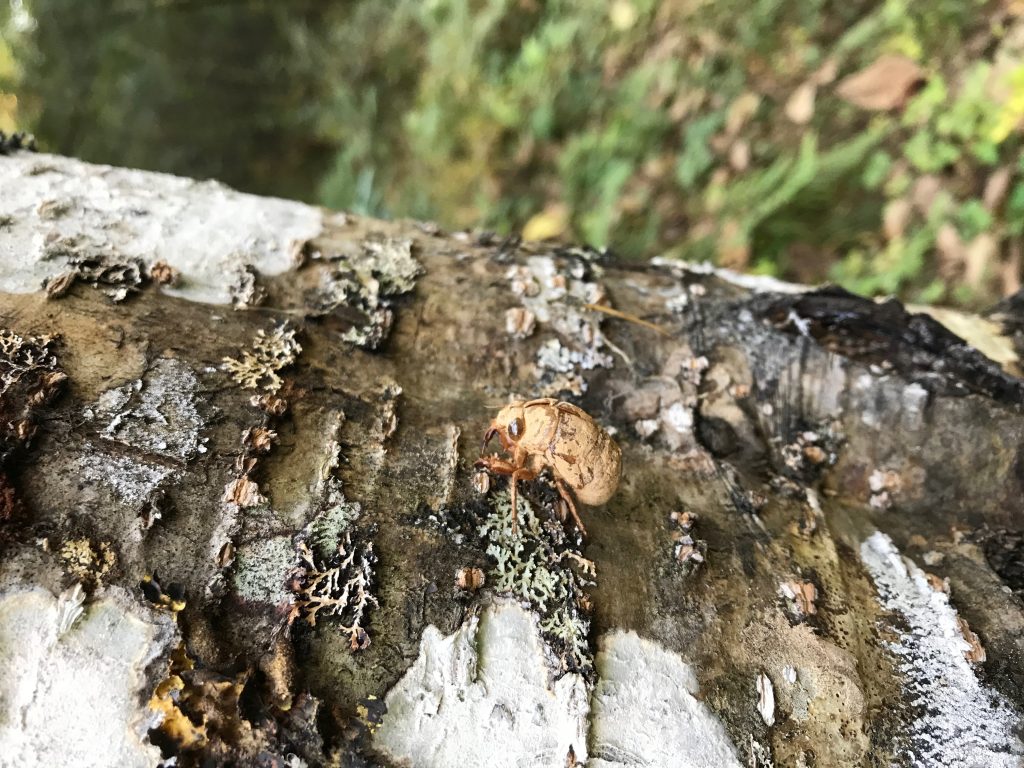
By this time, the director had returned. We were invited into his office for a chat with him and his wife, who was also the principal of a local school–so I asked about environmental education in the schools. She was quite sanguine about the maintenance of traditional ecological knowledge–“My students are the ones who tell me that it is a sambar deer we have here, after all!”–but I wished for more detailed examples. (What I see of “environmental clubs” in Kanglung tend to be engaged with campus gardening rather than demonstrating a more sophisticated grasp of ecology.)
We asked about going to see where the black-necked cranes roost and feed, and we were told that we could go and follow a ranger heading out to the park. But then it turned out that the ranger had already left. We could cross the bridge and go after him–he would wait for us. But we couldn’t find the bridge! Another range jumped in a truck and led us to the bridge–after which we hurtled along a rather rough road, hoping we would know the ranger when we found him. Eventually, we did manage to find Sonam Tenzin by the side of the road.
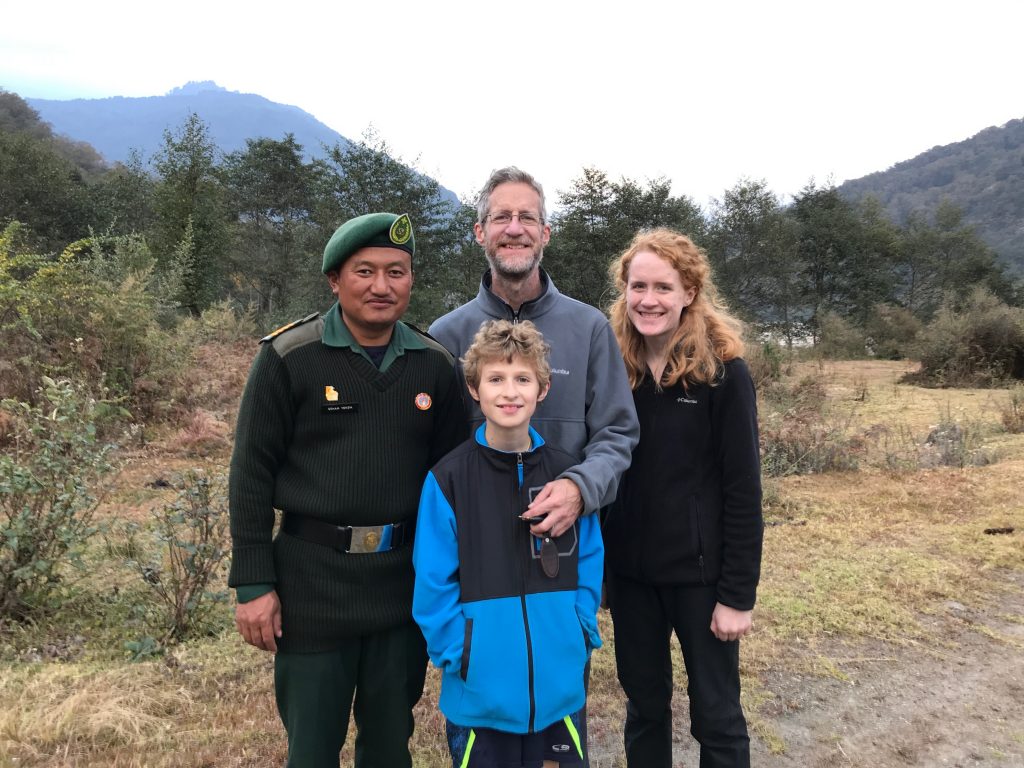
He kindly led us further on, into the Sanctuary itself, where we saw the cranes, like large sheep feeding in the rice fields.
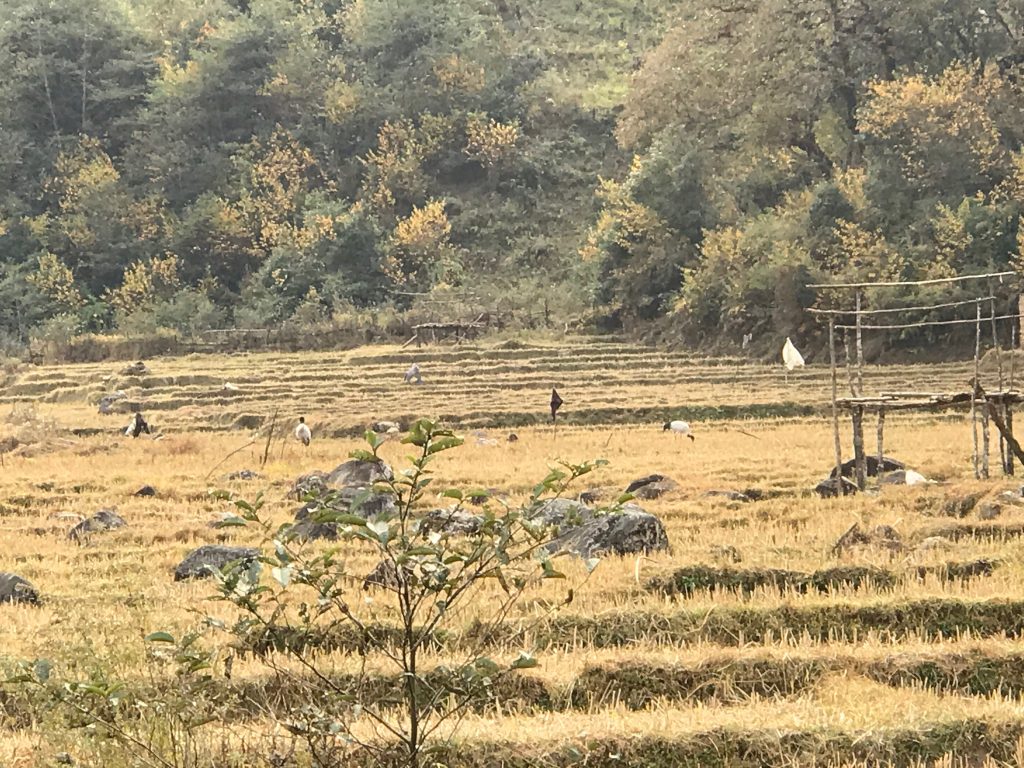
At our request, he led us further up the river, past the footprints of the cranes, to the fields where they roost for the night.
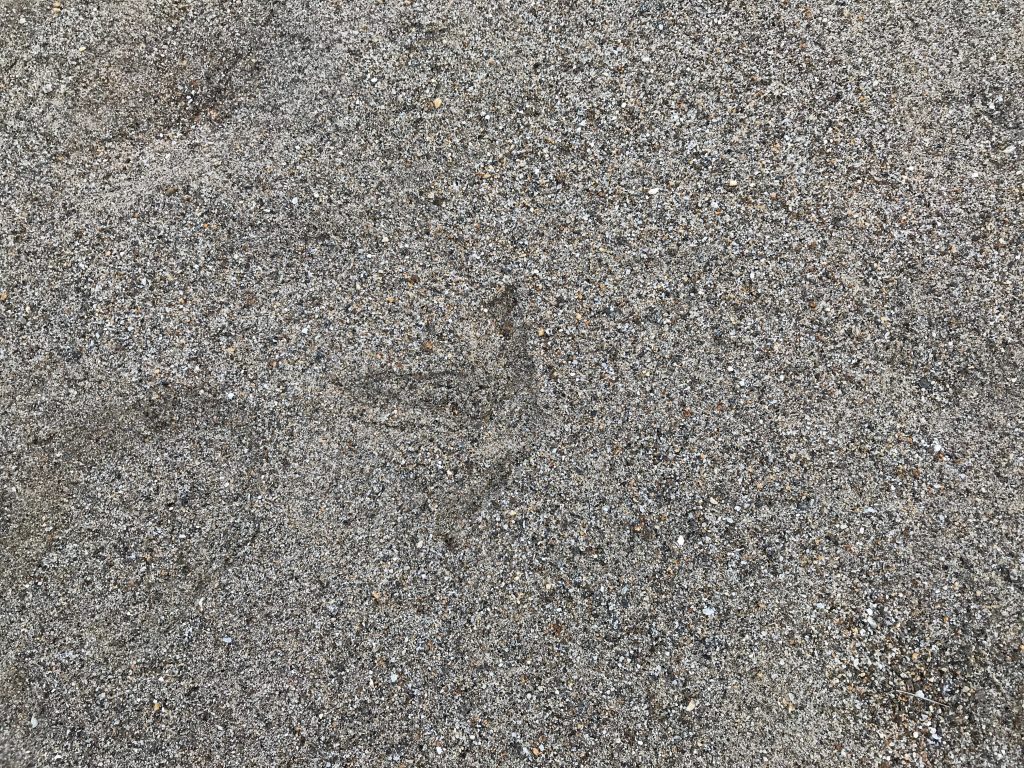
On the way, we passed the site of a major gathering for a teaching given last summer, with the flags like the ghosts of that gathering.
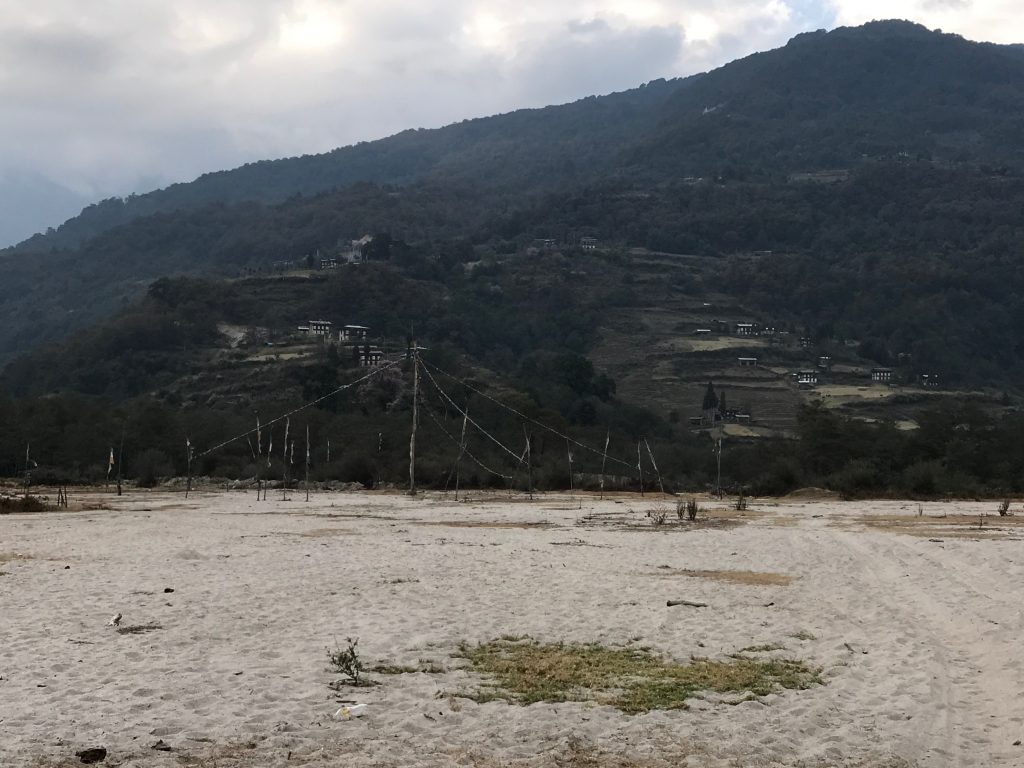
The riverbeds–a Ramsar wetland site–were so beautiful. We could have stayed till night fell and morning came again.
Sonam himself has to be out before dawn in order to count the birds as they first take flight in the morning.
Sonam gave us so much of his time and attention, even though he was leaving before dawn the next day on a three-day trek to the north of the sanctuary–almost all the way to China–on a mission to reset trap cameras to try to keep track of the number of tigers in the sanctuary.
